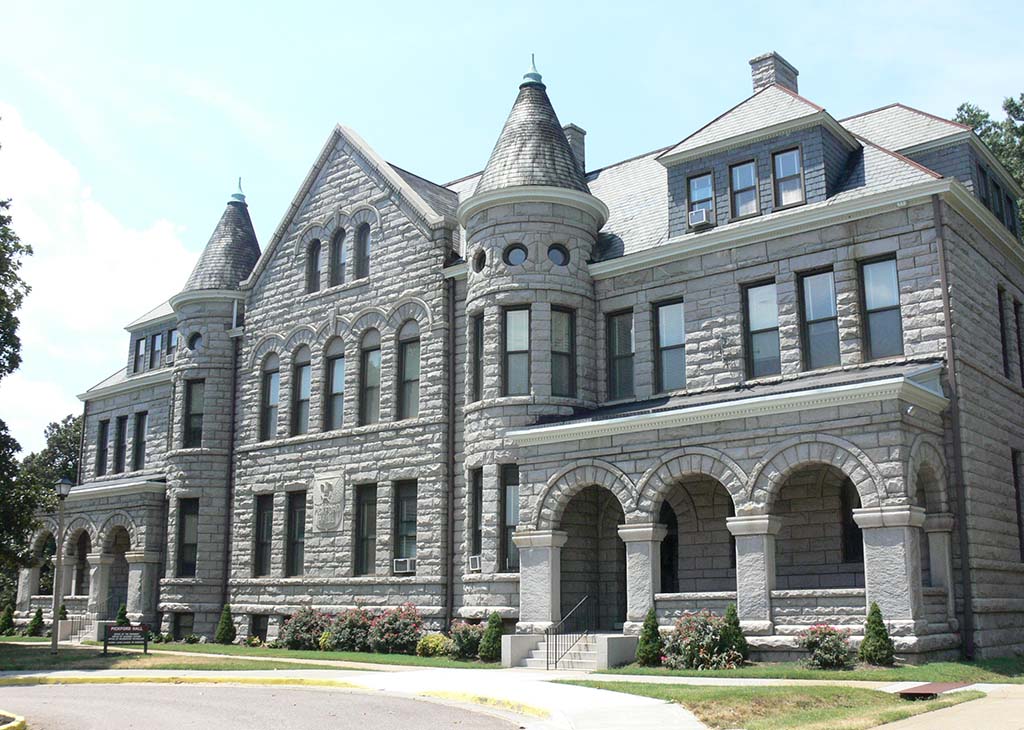In a powerful response to growing challenges facing Black students and institutions, Virginia Union University (VUU) recently convened over 250 educational leaders for an urgent national summit addressing the state of Black education in America.
The virtual B.L.A.C. (Black Leadership Across Campuses) Summit, held on April 3, brought together university presidents, scholars, K-12 administrators, policymakers, and students for a candid three-hour discussion on systemic barriers and emerging threats to educational equity.
“The time for courageous leadership in Black higher education is now,” said Dr. Hakim J. Lucas, President and CEO of Virginia Union University, who emphasized VUU’s commitment to spearheading innovative solutions for institutions and students.
The summit was framed by the Southern Education Foundation’s “Miles to Go” report, which documents persistent opportunity gaps facing Black students nationwide. This data provided context for discussions on recent legislative developments threatening diversity initiatives and support programs for underrepresented students.
Dr. Shaun Harper, Provost Professor at the University of Southern California, delivered a stirring keynote calling on institutions to move beyond performative gestures and confront systemic racism in all its forms.
“You cannot be selectively horrified,” Harper told attendees. “You have to be equally outraged by the racism that poisons campus culture and the racism that shows up in how we exclude Black stories, scholarship, and success from the academy.”
Attorney Raymond C. Pierce, President and CEO of the Southern Education Foundation, provided historical context, noting the parallels between post-Brown v. Board educator displacement and current threats. Pierce warned that what began as state-level attacks on diversity programs has evolved into federal-level actions that could potentially defund non-compliant institutions.
“The entire map is yellow now,” Pierce said, referencing a visualization of anti-DEI legislation spreading across the country.
Among the summit’s highlights was a “Sister Presidents” panel featuring Clinton College President Dr. Archinya Ingram and Huston-Tillotson University President Dr. Melva K. Wallace, who shared innovative approaches to recruitment, retention, and campus transformation.
Ingram described her institution’s holistic support strategy.
“Students come in carrying years of systemic inequality—and we are creating intentional, data-driven environments to meet them with care and excellence,” she said.
Wallace detailed initiatives to increase Black male enrollment through authentic storytelling and digital outreach.
“I want the kid with the hoodie to see himself here,” Wallace said, adding that Huston-Tillotson is actively connecting students to emerging fields, including AI and technology.
The summit also featured insights from veteran HBCU leaders. Dr. Jimmy R. Jenkins, Sr. and Dr. Everett B. Ward, emphasized the critical role of HBCUs as truth-tellers during a period of historical erasure.
K-12 representation came through Superintendent Jermall Wright of Little Rock School District, who highlighted the challenges facing Black students in systems “that weren’t built for them.”
Dr. Roderick L. Smothers, Executive Vice President and Interim Provost of VUU, underscored the institution’s forward-looking mission.
“We are not simply preparing students to succeed in systems as they are,” he said. “We are preparing them to lead the transformation of those systems.”
The summit, co-organized with Rice University’s Center for the Study of HBCUs and Center for Engaged Research and Collaborative Learning (CERCL), represents an emerging coalition determined to safeguard and advance Black educational opportunity during a pivotal moment in American education.
As legislative challenges to diversity and equity programs continue to emerge across the country, participants emphasized that the work of HBCUs remains as essential today as at their founding—not just for preserving educational access, but for fostering the leadership needed to address persistent inequities in American society.

